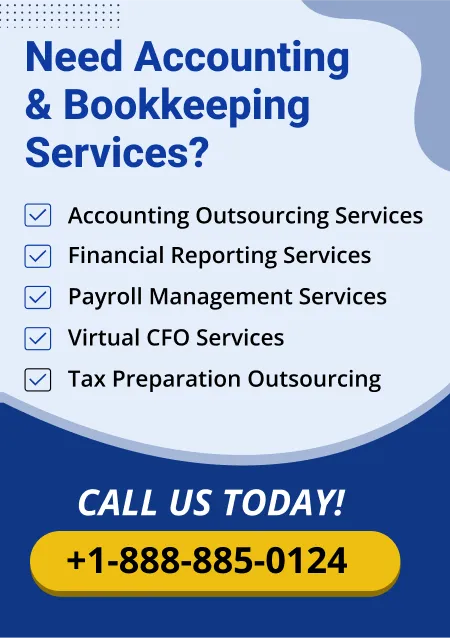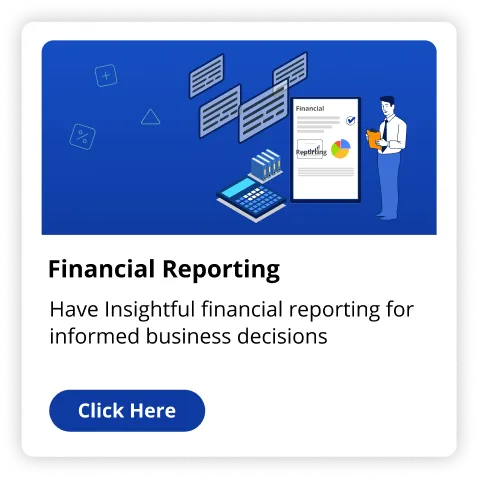For American small businesses to be successful over the long run, financial reporting is important. While monitoring day-to-day operations can be stressful, managing cash flow, guaranteeing profitability, and making educated choices all depend on understanding the important financial variables. Small businesses may improve their financial viability, fulfil their tax duties, and draw in investors or lenders by routinely monitoring and evaluating their financial statements. The most important economic indicators that small American businesses should keep an eye on are listed in this article. Better strategic planning can be facilitated by these metrics, which can also provide data on the financial state of the business and point out opportunities for growth.
1. Money Matters: Revenue and sales goal
- Before any costs are removed, revenue is the entire amount of money made from the sale of products or services.
- Tracking revenue is crucial since it indicates the ability of the business to produce sales.
- Knowing the overall revenue amount is insufficient for small businesses; they additionally require to look at revenue changes over time.
- Another important factor is sales growth, or the percentage change in income from one period to the next.
- It aids in figuring out of whether a small business is expanding, contracting, or stagnating. While negative growth may indicate potential problems, positive sales growth is a crucial sign of a successful business.
Calculating sales growth:
{(Current Period revenue-Previous period revenue)/(previous period revenue)}* 100
2. The priority metric: Gross Profit Margin
- The amount of revenue that remains after paying the direct expenses of producing products or services (cost of goods sold, or COGS) is determined by the gross profit margin.
- Understanding the efficacy of your pricing strategy and production process is determined by this indicator.
- Small businesses may make a profit and pay their operational costs when they have a good gross profit margin.
- Low margins can be an indication of inefficiencies in the production procedure, supplier costs, or price.
Calculating gross profit margin:
{(Revenue-COGS)/(Revenue)}*100
3. Net Profit Margin: the survival metric
- Net profit margin refers to the final profit left after each and every expense, taxes and interests are deducted from the revenue.
- This is a solid metric to judge the financial climate of your business. This factor facilitates understanding how profitable your business is.
- A high net profit margin shows sound business administration, whereas a low margin could be a sign of issues with pricing or cost control.
- Improving the net profit margin could indicate the difference between surviving and expansion for small businesses in the United States.
Calculating net profit margin:
{(Net income0/(Revenue)}*100
4. The margins of managing finances: Cash Flow
- The entry and exit of financial resources over an amount of time in your business can be referred to as cash flow.
- In order to make sure you have enough capital for paying their bills, creditors, service suppliers, and employees, businesses should regularly review their cash flow.
- Businesses who fail to keep enough funds to pay these necessary obligations are bound to fail sooner or later.
Three distinct groups of cash flow need to be tracked:
- Operating Cash Flow: Revenue from sales and other necessary business operations.
- Investing Cash Flow: The cash generated or utilised for investments in assets such as real estate or equipment.
- Financing Cash Flow: Money received through equity issuance, loan repayment, or borrowing.
- Negative cash flow, on the other hand, suggests that a business does not have sufficient funds in its financial accounts to cover its obligations.
5. Accounts Receivable Turnover: How much is too much?
- Accounts receivable turnover reflects the amount of time it will take a business to get paid back by customers following the sale.
- To maintain an ongoing supply of revenue, small businesses must successfully collect payments.
- A low turnover rate might suggest that the business is having issues being reimbursed, which might result in issues with cash flow.
- Conversely, a high turnover rate suggests that the business handles its credit policy and collection process well.
Calculating accounts receivable turnover:
(Net Credit Sales)/(Average Accounts Receivable)
6. The common-man guide to survival:Debt-to-Equity Ratio
- Debt to equity ratio is a sure factor to judge how profitable a business is.It indicates the amount of debt compared to the capital in your business.
- This ratio makes it crystal clear how much of your bills are getting covered by debts as compared to existing capital.
- A smaller ratio indicates that the business depends more on equity stakes, while a greater percentage suggests that the business took on more debt, which might boost financial risk.
- Small businesses should have a balance ratio of this metric to ensure stability.
- Businesses can find it hard to invest in expanding their operations if the debt ratio is sky-rocketing. However, businesses should also embrace a positive debt-to-equity ratio to take upon expansion chances whenever present.
Calculating debt-to-equity ratio:
(Total Liabilities)/(Shareholder Equity)
Conclusion
For small businesses in the United States to stay environmentally friendly and thrive, they has to track important financial variables. A long-term success is not a success-overnight. Businesses need to use variables liuke debt-to-equity ratio, cash flow management, accounts receivable turnover, profitability and revenue growth in order to stay ahead in this rat-race economy. Reviewing financial data on an ongoing basis may also help small businesses increase profitability, acquire capital, while keeping tax compliance. In the end, these financial indicators give an in-depth understanding of the business's performance and economic situation, helping small business owners to more expertly handle hurdles and seize opportunities. Outsourcing financial reporting services to our competent team of Fino Partners will set your business on a long track of success.
READ ALSO | How to Streamline Your Financial Reporting Process with Cloud-Based Solutions


























